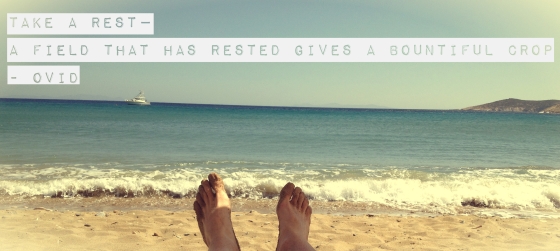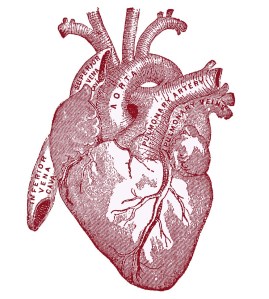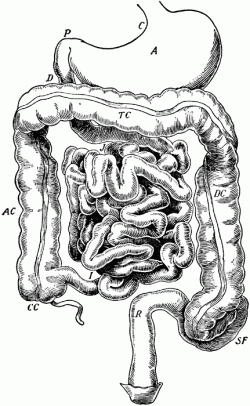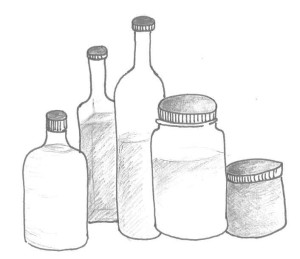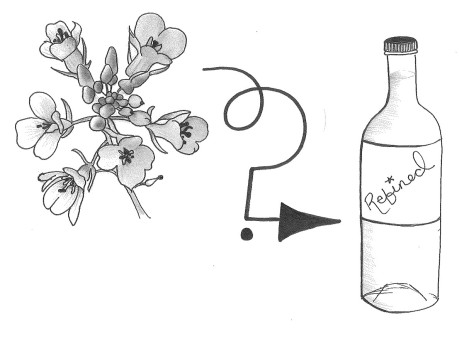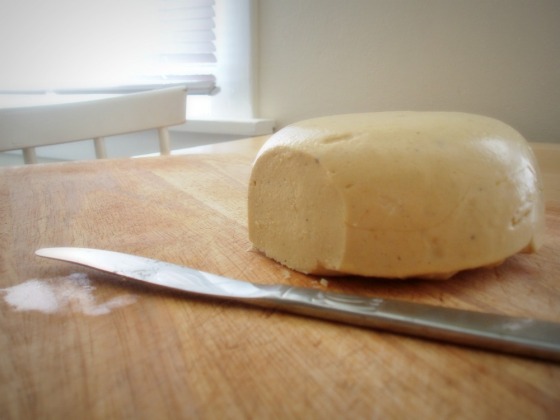Stress is a constant in most of our lives. It’s sometimes subtle and sometimes overt, but it always takes a toll on our health. In fact, most Americans suffer from a condition known as “Chronic Stress.” I make this distinction because stress itself is neither positive or negative. There is even a term—“eustress”—which refers to positive stressors in our lives—factors that provide motivation, inspiration and drive. However, over time, even eustress can result in the development of Chronic Stress. Chronic Stress is the condition in which the body’s natural coping mechanism can no longer effectively respond to one’s total stress burden.
When our evolutionary development is considered, this makes a lot of sense. Our bodily stress response was developed to deal with acute stress, i.e. being chased by a saber-toothed tiger. As a result, the body’s response to stress is to divert energy away from cellular repair, digestion and hormone regulation (not much point regenerating those organs, assimilating that meal or prepping to have a baby if you’re dead), and instead puts energy toward muscle contraction and adrenal stimulation to run away—very quickly.
The adrenal glands are our bodies’ chemical energy reserves. They are there just in case that saber-toothed tiger jumps out from behind a bush when you havn’t had a meal in a while. The adrenals kick in, giving you a jolt of adrenaline that allows your body to perform physically, even without proper fuel from food. You may have heard to the term “adrenal fatigue.” When the adrenals are constantly being activated due to stress they burn out, not only inhibiting this response to acute stress but also throwing many other systems in our body out of whack.
The following are the most common signs and symptoms of Chronic Stress and the resulting adrenal fatigue:
- Blood sugar imbalances (craving sugary or starchy foods and/or dramatic changes in energy throughout the day)
- Low thyroid function (identified through medical testing)
- Decreased fertility (could manifest as irregular menstrual cycles)
- Depression
- Poor cognitive performance (poor memory or fuzzy thinking)
- Poor wound healing
- Decreased bone density (identified through medical tests or frequent fractures)
- Fatigue (especially the pattern of not feeling awake until late morning, feeling tired late-afternoon but then better in the evening and getting a late-evening spike in energy)
- Lowered immune function (getting sick often, slow recovery from illness or irregular WBC count)
- Dysbiosis (poor digestion or gas/bloating after meals)
- Cold intolerance
- Salt cravings
- Low blood pressure (for some people)
Sound like you? Not surprising. The typically American lifestyle and diet is practically tailor-made to put people on this track. Here are some suggestions to manage and correct Chronic Stress: Continue reading

